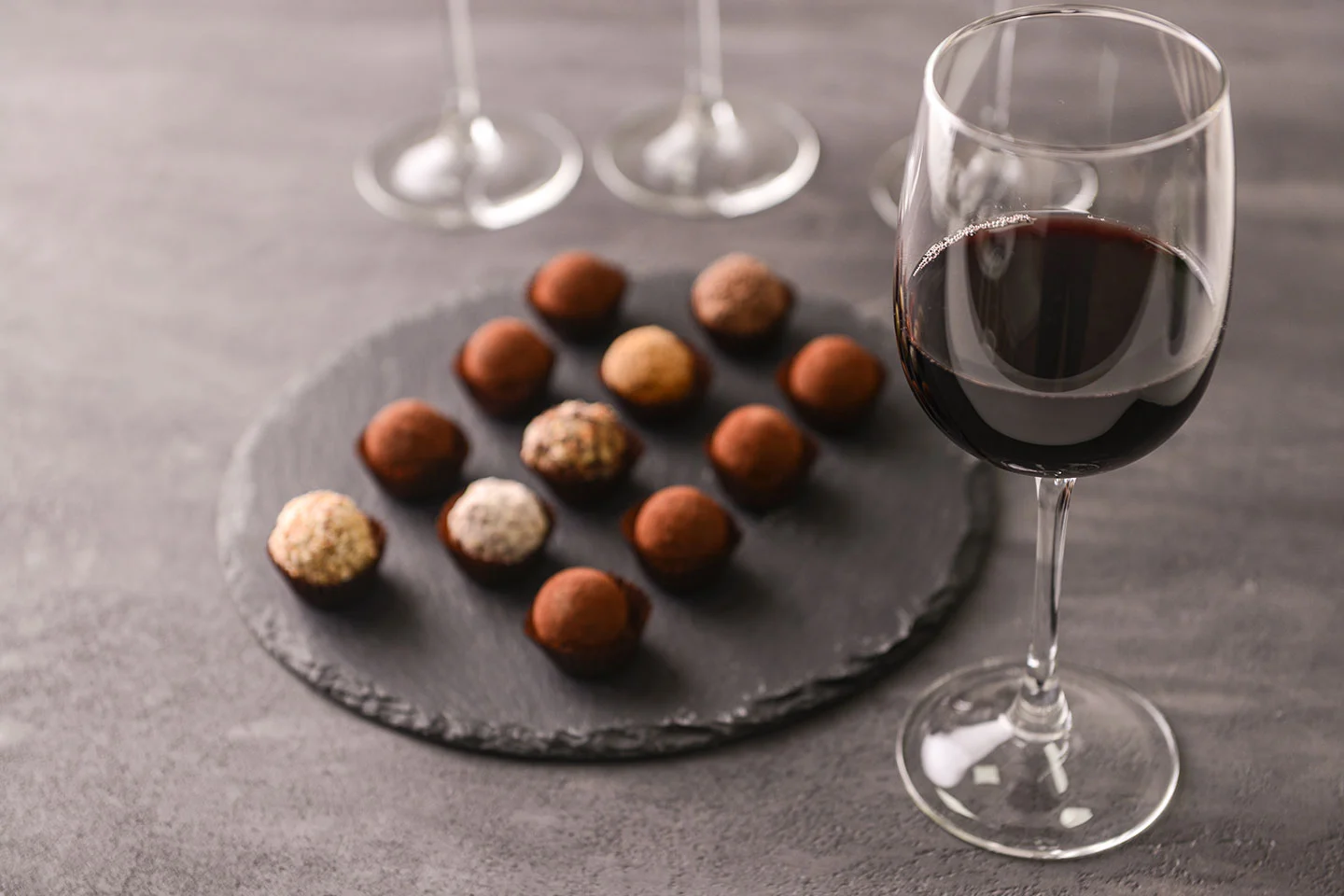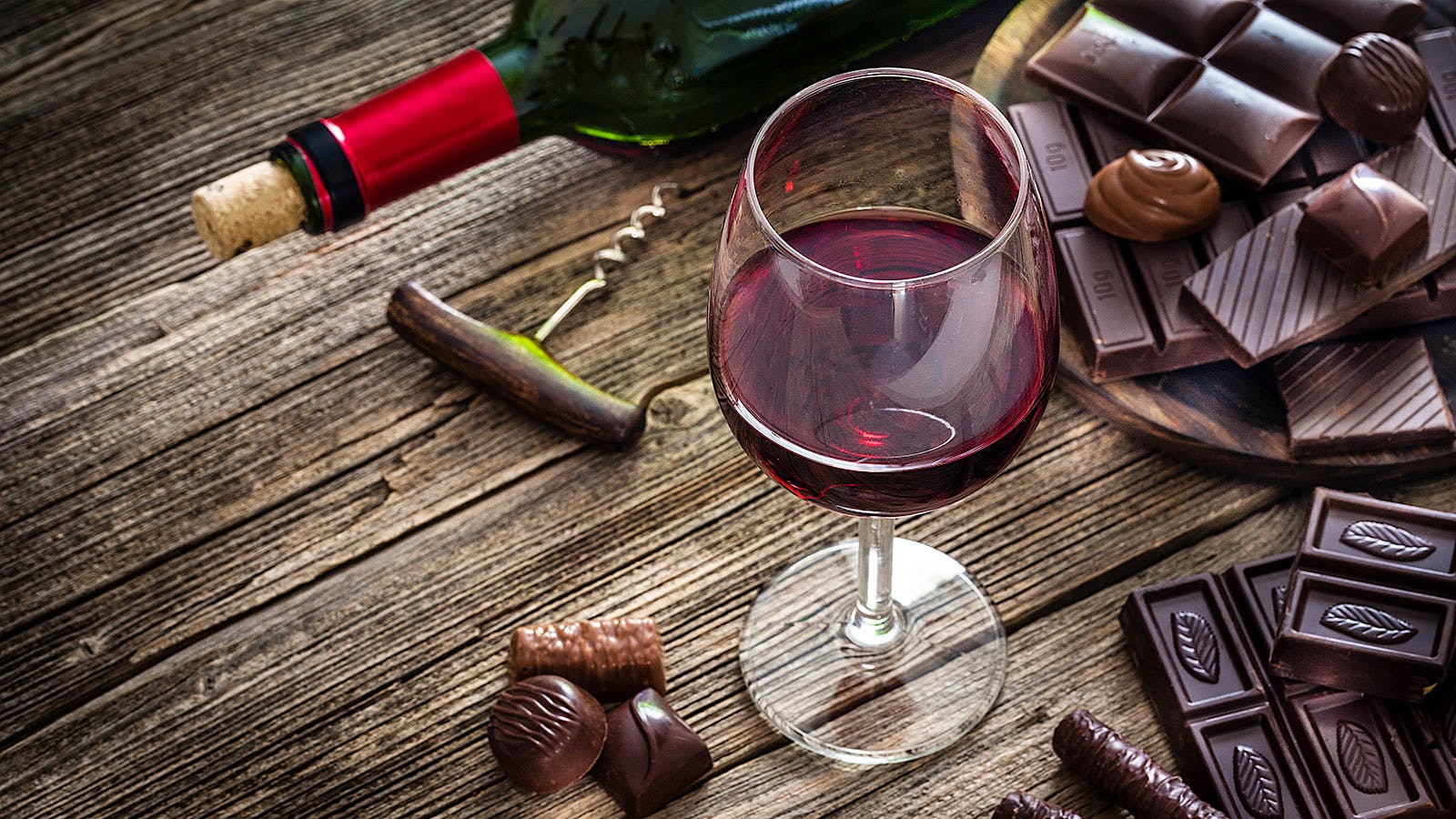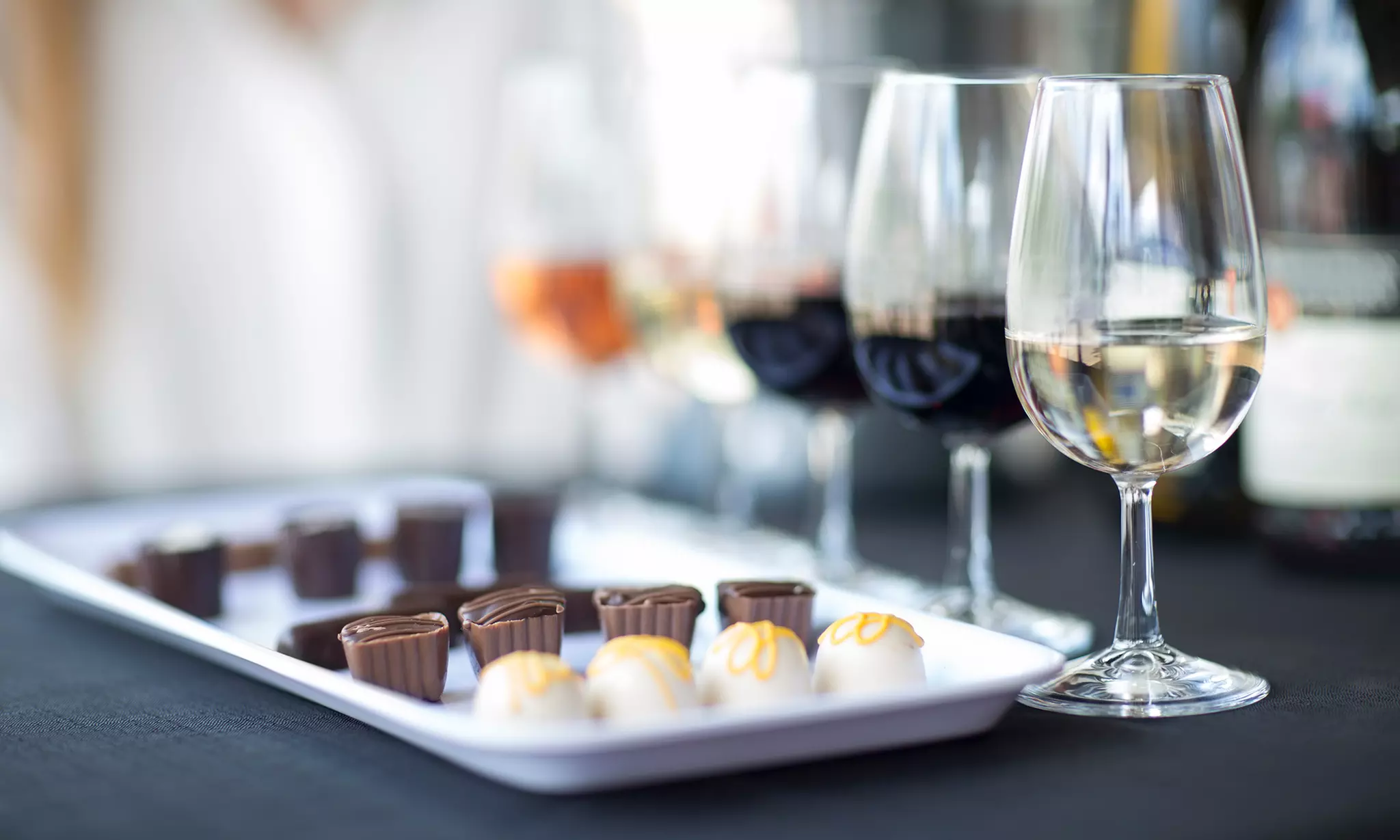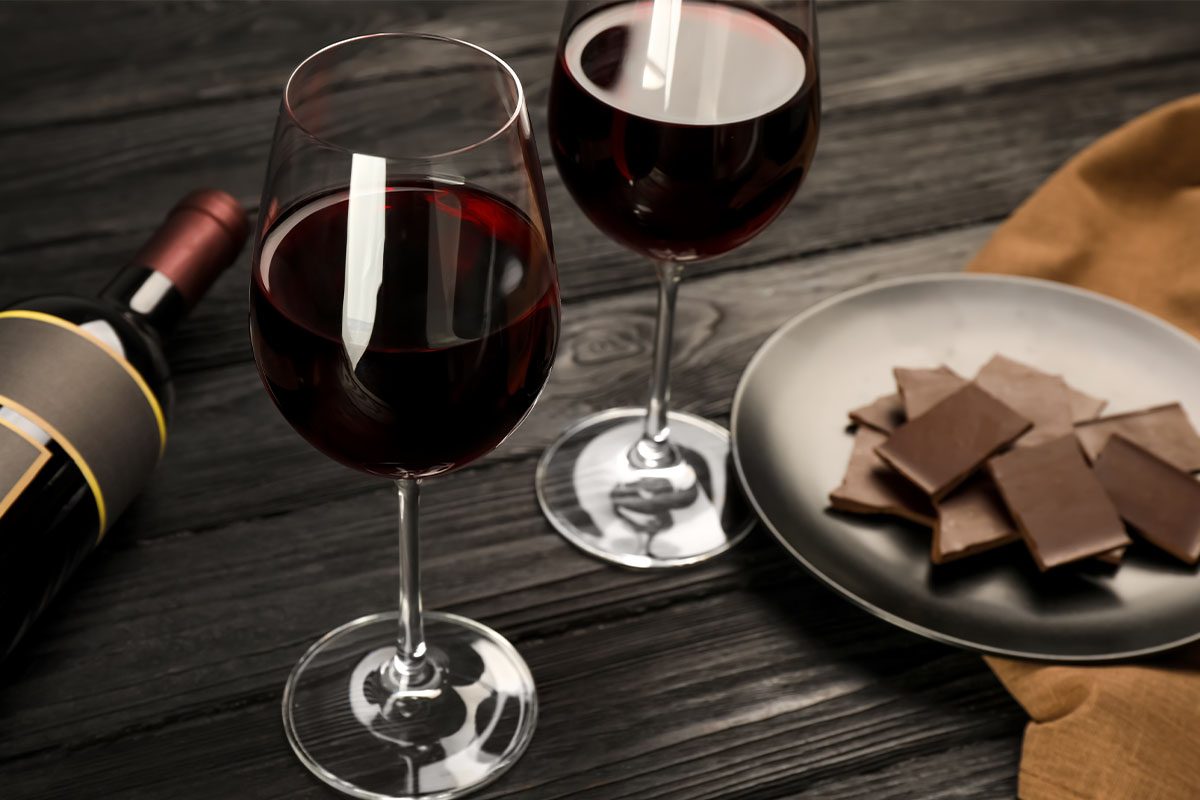Wine and chocolate represent two of life’s greatest indulgences, each offering complex flavors and sophisticated pleasures that have attracted palates for centuries. While these luxurious treats are magnificent on their own, the art of pairing them together creates an elevated sensory experience that transforms ordinary moments into extraordinary celebrations. The key to successful wine and chocolate pairing lies in understanding the intricate dance between complementary and contrasting flavors, textures, and intensities.
Many wine enthusiasts initially approach chocolate pairing with trepidation, having experienced the disappointment of clashing tannins or overwhelming sweetness that can occur when pairings go wrong. However, with proper knowledge and technique, wine and chocolate can combine to form delicious and memorable matches that highlight the best qualities of both. The secret is recognizing that both wine and chocolate share remarkable similarities – they’re both fermented products with complex flavor profiles, natural compounds called flavanols that support circulation, and rich histories as symbols of luxury and romance.
Understanding the fundamental principles of pairing will unlock countless possibilities for creating harmonious combinations. Whether you’re planning an intimate evening, hosting a sophisticated tasting party, or simply wanting to lift your everyday indulgences, mastering the art of wine and chocolate pairing opens doors to a world of refined pleasure. The journey begins with learning how different chocolate types interact with various wine styles, and how factors like sweetness, intensity, and texture influence the tasting experience.
Understanding the Science Behind Wine and Chocolate Pairing

The foundation of successful wine and chocolate pairing rests on understanding how our taste perception works and how different compounds interact on the palate. Sweetness activates taste receptors on the front of our tongue, while bitterness is detected in the back, creating a complex interplay when wine and chocolate are consumed together. This physiological response explains why certain combinations create harmony while others result in unpleasant clashes.
Both wine and chocolate contain tannins, polyphenols that create a drying sensation in the mouth. When pairing really dark chocolate (80% cacao or higher) with heavily tannic red wines, these compounds can clash and make everything taste overly bitter. However, when balanced correctly, the tannins in chocolate can actually soften the perception of tannins in wine, allowing more fruit flavors to emerge.
The key principle is achieving balance through either complementary or contrasting approaches. Complementary pairings highlight shared aromatic notes between wine and chocolate, creating harmony and resonance. Contrasting pairings use opposing characteristics, such as pairing very dark chocolate with sweet dessert wine, to create balance through opposition.
Essential Pairing Principles for Success
Match Intensity Levels
The most crucial rule in wine and chocolate pairing is matching intensity with intensity. A dark chocolate with high cacao content and pronounced bitterness pairs best with similarly bold wines, such as well-aged Bordeaux, while lighter white chocolate suits sweet white wines. This principle prevents one element from overwhelming the other and ensures both the wine and the chocolate can express their unique characteristics.
Consider Sweetness Balance
Sweet white chocolate pairs well with sweet wines high in residual sugars, while bitter dark chocolates work better with dry wines containing just a hint of residual sugar. The general guideline suggests that wine should be slightly sweeter than the chocolate to maintain balance. This approach prevents the chocolate from making the wine taste overly tart or astringent.
Texture Harmony
Dense, creamy chocolates call for fuller-bodied wines, while lighter chocolates match well with fresher, lighter wines. The mouthfeel and weight of both elements should complement each other to create a cohesive tasting experience. Sparkling wines can add extra creaminess to chocolate pairings, particularly with white chocolate.
White Chocolate Wine Pairings

White chocolate, made from cocoa butter, sugar, and cream, is the sweetest chocolate variety and requires careful wine selection to avoid overwhelming its delicate flavors. Despite not technically being chocolate due to its lack of cocoa solids, white chocolate offers smooth, silky textures with nutty notes and full sweetness.
Gewürztraminer provides an excellent pairing with its notes of lychee, lime, and subtle spice, offering less sweetness than Riesling while maintaining aromatic complexity. Late-Harvest Riesling brings richer notes of spice, cinnamon, lemon curd, and apricot that complement white chocolate’s nutty sweetness perfectly.
Moscato d’Asti and Muscat Blanc deliver flavors of peaches and cream with floral rose notes, creating ethereal pairings enhanced by gentle effervescence. Rosé wines, particularly West Coast varieties with strawberry and raspberry notes, offer wonderful romantic pairings. Chardonnay, whether oaked for creamy texture or unoaked for smooth pear and nutty notes, provides versatile pairing options.
Milk Chocolate Wine Pairings
Milk chocolate represents the most versatile chocolate type, making it the easiest to pair with various wine styles. Its creamy sweetness and moderate intensity allow for both complementary and contrasting pairing approaches.
Pinot Noir creates surprisingly successful pairings, especially for chocolate pairing skeptics, with its fruit-forward character complementing milk chocolate’s caramel undertones. Beaujolais, another light-bodied red similar to Pinot Noir, offers fresh berry flavors that harmonize beautifully.
Zinfandel provides bold, fruity notes reminiscent of blackberries and cherries, creating a delightful contrast with milk chocolate’s velvety smoothness. Port Wine offers luscious sweetness and complex flavors that blend seamlessly with chocolate’s caramel notes. Sweet sparkling reds like Lambrusco, Brachetto d’Acqui, and Moscato Noir provide effervescent joy to milk chocolate pairings.
Dark Chocolate Wine Pairings

Dark chocolate presents the greatest pairing challenge due to its intense bitterness and high tannin content, but when paired correctly, it creates the most sophisticated combinations. The key is selecting wines that can stand up to dark chocolate’s intensity without creating tannin clashes.
Vintage Port remains the classic pairing, offering concentrated sweetness and complexity that balances dark chocolate’s bitterness. Zinfandel and Shiraz provide bold fruit flavors and spicy characteristics that complement dark chocolate’s intensity. Grenache and Merlot offer full-bodied richness without excessive tannins.
For extremely dark chocolate (75% cacao or higher), sweet dessert wines create beautiful contrasting pairings that balance bitterness with sweetness. Late-harvest red wines, including Port-style wines made from Syrah, Pinot Noir, and Petite Sirah, provide concentrated flavors and residual sugar.
Advanced Pairing Techniques and Special Considerations
Flavor Matching Strategies
Successful pairings often highlight shared flavor notes between wine and chocolate. Fruity chocolates pair excellently with fruity wines like Moscato or White Zinfandel, while chocolate-covered nuts complement nutty wines such as Madeira or Marsala. This technique works particularly well with flavored truffles and specialty chocolates.
Avoiding Common Mistakes
Resist pairing chocolate with dry Champagne, as the wine’s astringency clashes with chocolate’s richness. If you prefer sparkling wine with chocolate, choose rosé Champagne, demi-sec, or sweet sparkling varieties instead. Similarly, avoid pairing very tannic red wines with extremely dark chocolate unless the wine has some residual sugar to soften the interaction.
Serving and Presentation Tips
When conducting chocolate and wine tastings, progress from light to dark chocolate and light-bodied to full-bodied wines. This progression prevents palate fatigue and allows appreciation of subtle flavors in lighter chocolates. Serve chocolates at room temperature and wines at proper serving temperatures to optimize flavor expression.
Mastering wine and chocolate pairing transforms two beloved indulgences into sophisticated tasting experiences that celebrate the artistry of both winemaking and chocolate crafting. By understanding fundamental principles of intensity matching, sweetness balance, and flavor harmony, anyone can create memorable pairings that lift ordinary moments into extraordinary celebrations. Whether exploring classic combinations like Port with dark chocolate or discovering unexpected delights like Gewürztraminer with white chocolate, the journey of pairing wine and chocolate offers endless opportunities for pleasure and discovery.


